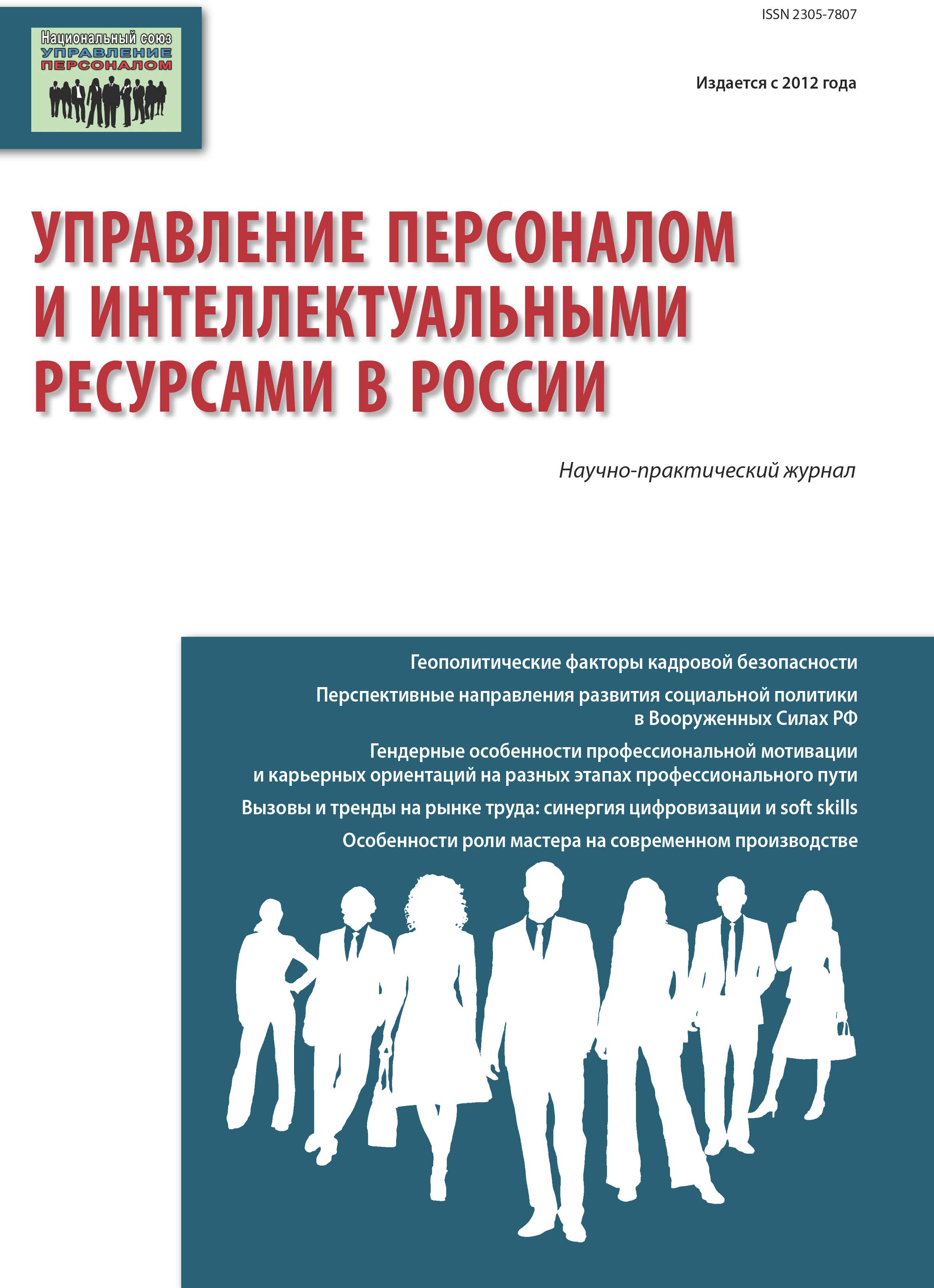Today, any company which wants to remain competitive, needs to get rid of stereotypic vision of daily processes and traditional business. It is important to fi nd new non-standard, eff ective solutions and to competently introduce them. Internal and external factors held responsible for enterprise’ innovation activityare identifi ed on the basis of current scientifi c approaches. Authors develop a companyanalysis model, which includes elements of 2S-system (self-organizing, self-developing system) — leadership, motivation, training, organizational structure and culture, and related key success factors.The key success factors were analyzed for a group of companies. The article presents the results of the research, describes the current state of each parameter, and gives recommendations are.
competitiveness, key success factors, customer orientation, innovation, adaptability, learning ability. их состояния, выявление слабых мест в системе
Введение
Основой конкурентоспособности любого государства является сильное, эффективное производство, в основе которого лежат инновационные технологии, как технологические, так и организационно-управленческие. В настоящее время доля инновационной продукции в общем объеме производимой в России промышленной продукции составляет всего 4,9%, в развитых же странах этот показатель превышает 11–17 % [2]. Сегодня правительством РФ поставлена задача внедрения в стране комплексной системы инновационной экономики на основе разработки собственных технологий. Решение общегосударственных проблем начинается с решения локальных, частных проблем конкретных предприятий, среди которых особое значение приобретают вопросы обеспечения их устойчивой конкурентоспособности для инновационного развития.
В связи с этим важной практической задачей является определение факторов, условий и механизмов, содействующих инновационному развитию предприятия, диагностика их состояния, выявление слабых мест в системе управления, а также разработка решений, обеспечивающих усиление факторов успеха за счет внутренних ресурсов организации. Основываясь на этом положении, мы разработали модель анализа ключевых факторов успеха в компании, ориентированной на инновационное развитие. Эта модель была примене на в исследовании производственной группы компаний, результаты которого представлены ниже.
1. Akatov N.B. Initiation of organizational self-development. Bulletin of Perm State University,2012, no.2. Pp. 118-123.
2. Basangova K.M. Analysis of regional opportunities to attract investments. Problems of Modern Economics, 2010, no. 1. Pp. 315-318. (in Russian)
3. Komarov S.V., Molodchik A.V., Pustovoyt K.S. At the turn to change the paradigm of management: self-developing, self-organizing systems. Journal of Economic Theory, 2012, no. 3. Pp. 132-142. (in Russian)
4. Krutova A., Molodchik M., Pustovoyt K. Methodical questions of an assessment of processes of self-development of the organization. Management and Business Administration, 2012, no. 4. Pp. 160-169. (in Russian)
5. Luzin A.E. Key concepts of modern management: Dictionary of management revolutionary. M: Alpina Business Books, 2007. (in Russian)
6. Molodchik A.V., Molodchik N.A. The methods of building the humanoriented organization. Journal of Economic Theory, 2009, no.1. Pp. 179-186. (in Russian)
7. Molodchik M.A. Personnel as a factor of enterprise innovative behavior. Industry Innovations Economic analysis: theory and practice, 2009, no. 4. Pp. 33-41. (in Russian) (in Russian)
8. Nevskaya L.V. Current approaches to formation of enterprise’ innovative personnel. RISK: resources, information, procurement, competition, 2013, no.2. Pp. 312-315. (in Russian)
9. Esaulova I.A.Employee motivational self-development mechanism as a factor of organizational innovative development. Proceedings of the higher educational institutions, 2014, no.1 (19). Pp. 68-71.(in Russian)
10. Crant M.J. (2000). Proactive behavior in organizations. Journal of Management.Vol. 26, no. 3, pp. 435-462.






